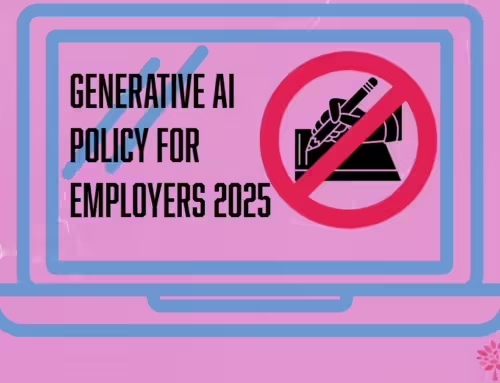2022 saw record-breaking inflation pay awards across the private sector as inflation, driven by global pressures, weighed heavy on employers’ purse strings. Looking ahead, private sector pay awards 2023 don’t seem to be much different, but hope may be on the horizon.
With inflation due to peak in January at around 11%, the rate of growth is due to stabilise and then predicted to fall back to between 5 and 6.6% by the end of 2023.
This change will no doubt be welcome news for many households who have faced a real squeeze on their disposable income but does leave employers with the question of what will be seen as a reasonable inflation pay award, that will keep the team engaged, whilst remaining affordable bearing in mind the cost pressures many employers are also facing.
National minimum wage
A barometer that is often useful to consider is the planned changes in April 2023 to the National minimum wage which will see the rates increase by at least 9.7%
| Rate from April 2023 | Current rate | Increase | Percentage |
| National Living Wage | £10.42 | £9.50 | 9.70% |
| 21-22 Year Old Rate | £10.18 | £9.18 | 10.90% |
| 18-20 Year Old Rate | £7.49 | £6.83 | 9.70% |
| 16-17 Year Old Rate | £5.28 | £4.81 | 9.70% |
| Apprentice Rate | £5.28 | £4.81 | 9.70% |
Whilst clearly intended to help those on lower wages cope with the increased cost of living, this increase in NMW rates will further squeeze the differential that exists between those that get paid slightly above these rates and so will lead to pressure on employers to potentially meet or move towards a similar percentage increase to maintain pay differences and aid retention of staff.
Median of 5% for 2023 increases
In their Autumn 2022 Labour Market Outlook, the CIPD found that 38% of employers were anticipating giving their team a pay increase in the new year, with only 6% suggesting a pay freeze and 1% a pay reduction. At the time of the survey, most employers had not formed a view. At the time of release, private sector employers were indicating average pay awards of 5% for that time period.
According to research by Wills Towers Watson, employers are anticipating an increase of around 5% for wages in 2023 to aid with staff retention and help with attracting talent to overcome persistent labour shortages.
This is further corroborated by XpertHR’s research into pay settlements for next year, with pay increases falling between 3.5% and 6%, with the most common increase being 5%, followed by 4%.
What will happen?
A lot of what will happen next year on pay will come from the mood music around inflation and how quickly it drops in the new year. If inflation stays stubbornly high, then employers may struggle to sell an increase of below 5% unless this is balanced by other forms of remuneration such as improved non-pay benefits, bonuses or enhancements to wider terms and conditions.
If inflation falls quickly up to April, it may give breathing space for employers to suggest an amount of less than 5% on the downward trend, making increases of between 3.5% and 5% more realistic.





